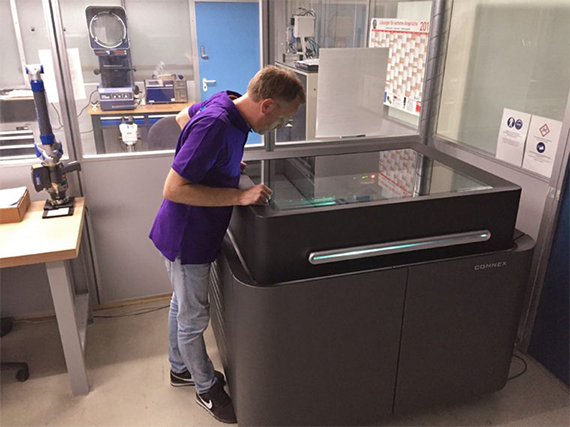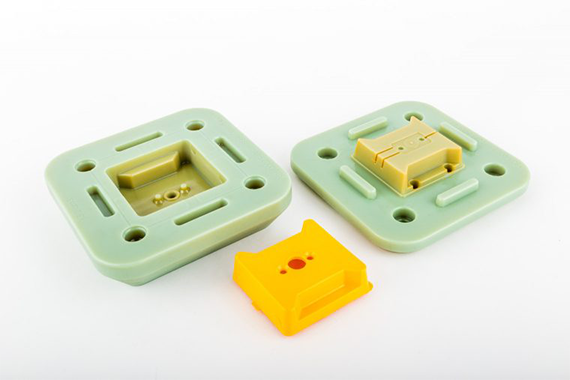Replacing silicone technology in casting, molding and prototyping, 3D offers advatnages to the firms. The latest company decided to benefit from these advantages is design engineering firm Promolding BV.
Adapting additive manufacturing in its facility, Promolding BV opened a new era in its history. Serving to global market with plastic design, engineering and manufacturing, Netherlands based company preferred Stratasys’ PolyJet technology in that sense.
We became increasingly aware of the need for a 3D printer that would help us optimize our product development process,” says Jeroen Gross, Product Development Manager, Promolding. “We looked at several different options, but fell in love with Stratasys’ Objet Connex 3D Printer and its ability to not only improve our prototyping, but also become a key driver for our PRIM business. Traditionally, injection mold development required at least a six-week lead time, but by designing and 3D printing the molds in-house, we can produce molds in just three days.

“PRIM is available to our customers as an additional service in parallel to prototyping and traditional injection molding,” he adds. “In the future, we believe PRIM will be seen as a commonplace process of its own. We have come a long way and we’ll continue to explore further applications in which PolyJet 3D printing can enhance our offering.”
With increased flexibility and significant time efficiencies a key part of the PRIM division’s value proposition, Promolding is able to rapidly design and develop very complex parts and products for its customers. When recently designing a fibre optic sensor house for Fugro, a world leader in integrated geotechnical, survey, subsea and geoscience services, the company quickly produced a series of complex molds using its Objet500 Connex 3D Printer in order to meet the customer’s tight deadline. Each mold enabled the production of over 50 samples of the intricate sensor housing in a number of final product materials, including PP, TPE and PBT.
